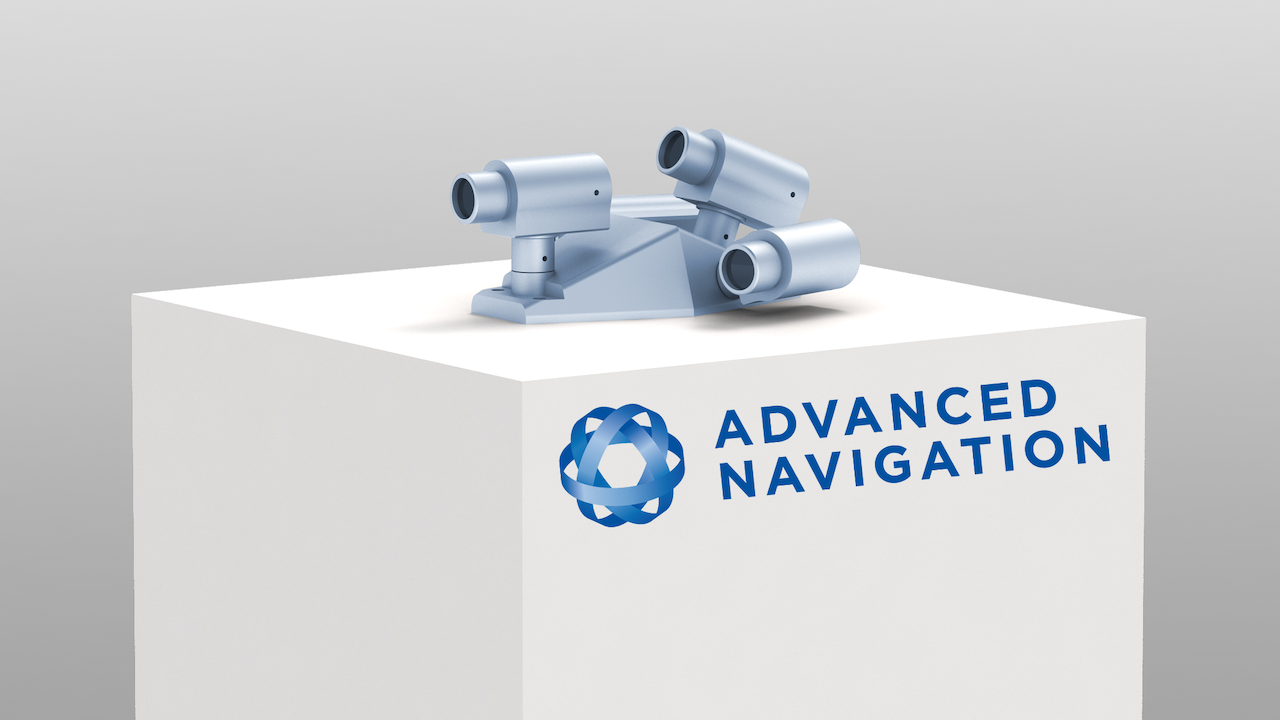Advanced Navigation wants to be the first Australian company to reach the Moon.
Advanced Navigation bills itself as “one of the world’s most determined innovators in AI robotics and navigation technology”. Its plan to reach the Moon will be achieved, it said, through the development of two unique navigation systems.
“The team is absolutely thrilled to see years of research in development progress into successful technology. We look forward to being the first Australian company to reach the Moon in 2024, this will be a huge milestone for us,” said Xavier Orr, Advanced Navigation CEO and co-founder.
“Inertial and robust reference-based navigation is a critical capability in space missions, where terrestrial navigation satellite systems, such as GPS are non-existent.”
Advanced Navigation has two patented technologies Orr said deliver breakthroughs in performance, reliability, size, weight and power consumption.
One problem in sending stuff to space is just how heavy tech is. That’s where Advanced Navigation has found a sweet spot.
“The heavier the payload the more expensive and complex it is to deliver. There are major cost savings to be gained by adopting technology that provides the spacecraft with more payload space,” the company said in a press release.
Advanced Navigation’s first piece of tech is the ‘Boreas X90’, described by the company as a “strategic grade inertial navigation system (INS) that enables positioning and navigation capable of maintaining extreme precision without using relatively fixed references, such as stars, or requiring base station control telemetry”. Basically, they said it’s critical for long endurance space missions involving complex orbits and trajectories.
The second is a light detection altimetry and velocimetry (LiDAV) system that uses lasers to measure a significant number of parameters detailing a vehicle’s environment. It can also indicate the vehicle’s velocity and position relative to the lunar surface in 3D.

“This technology is critical to perform complex autonomous landing procedures and confidently explore the lunar surface,” Advanced Navigation said.
Spacecraft autonomy requires extraordinary situational awareness.
Advanced Navigation has partnered with U.S. space systems company Intuitive Machines (who clocks NASA as a customer, in particular, for its Artemis missions). Intuitive Machines is now going to prove Advanced Navigation’s tech will be beneficial to missions such as this.

“This is just one example of how Australia is collaborating with NASA on its Artemis program and is building on over half a century of collaboration in space. The Agency has also reached an agreement with NASA for an Aussie designed, built and operated rover to be included in a future mission,” Enrico Palermo, head of the Australian Space Agency, said.
The development of the Boreas X90 was supported by the Australian Space Agency through its Moon to Mars Initiative: Supply Chain Capability Improvement Grant.
